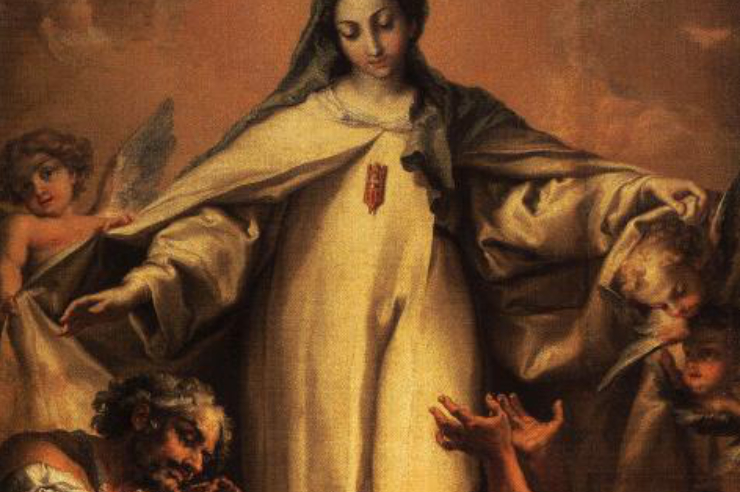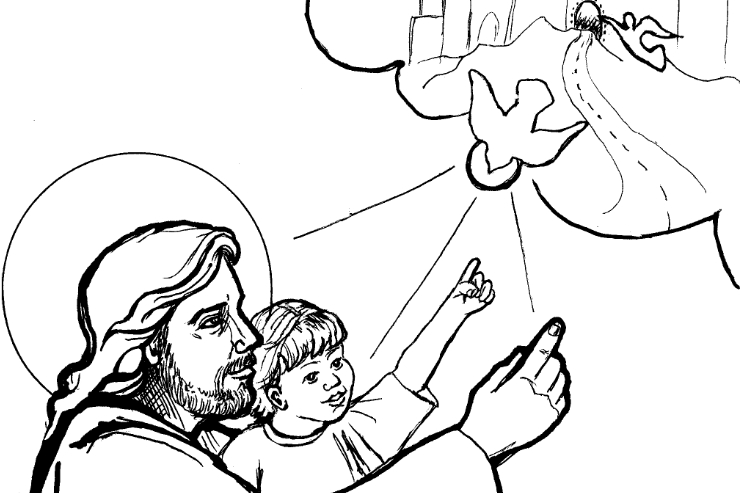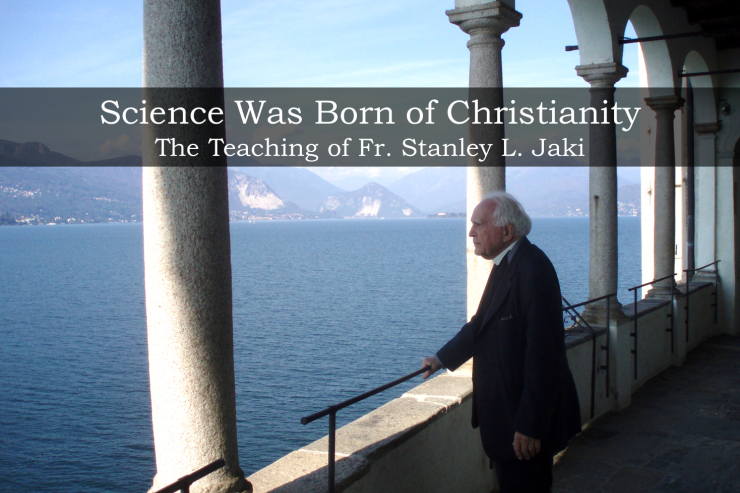 There’s more than one budding artist in my house. Any one of my older kids will lose themselves, sometimes for hours at a time, working on “projects.” They’ll get paper and markers and transform whatever is in front of them into a masterpiece.
There’s more than one budding artist in my house. Any one of my older kids will lose themselves, sometimes for hours at a time, working on “projects.” They’ll get paper and markers and transform whatever is in front of them into a masterpiece.
“Look, Mommy!” one of them will shout, and, of course, I have to look up from whatever I’m doing. Without fail, I’m impressed by what they bring me.
None of my kids is a Van Gogh, at least not yet, but I admire their persistence, their enthusiasm, their flair. Maybe artists are born, but I know there’s a lot of hard work there, too.
When my five-year-old buckles down and works on a story composed of words only he can read, I have a glimpse of how I hope God sees my prayer, full of determination. As my son illustrates with pictures only he can interpret, I hope I duplicate his enthusiasm and effort when I consider my spiritual journey.
So often, when I’m praying, I find myself distracted. I’ll stop right in the middle of a sentence, rise halfway out of my chair, and be on my way to do something that needs done right now before I realize that I am supposed to be — was, in fact, in the middle of — praying. I am better than I was, but there’s still a lot of room for improvement.
If I sit in a room with no apparent distractions, my mind uses the distractions of things I need to remember. If I vary from my scheduled prayer time, maybe because there’s a more pressing need like vomit in the carpet, I fall back on the excuses of more to do and less time to spend.
God pulls me back to Himself, and when I listen, I’m cooperating with the graces He sends me. It’s there, in my failings, that I look to Mary.
Sometimes, I look to her because I don’t know where else to look. She is, after all, full of grace. In her role as Virgin Mother of Grace, she nudges me toward accepting the grace that’s around me, in the air I breathe as I pray. Who better to assist me, to direct me, to mentor me than the one who was full of grace from the very beginning?
In my younger years, I too was a budding artist. Recently, my grandma shared a “Sarah-mark” card I had given my aunt when I was about ten. She found it saved, in my aunt’s lap desk. It was faded, but there was no mistaking my style: a bad “Roses are Red, Violets are Blue” poem, a rainbow or two, and, of course, my “Sarah-mark” signature on the back.
You won’t find any of those “Sarah-mark” cards for sale on E-bay. You won’t find them fetching big dollars from an antique store. But you might find them stashed away, here and there, in the lap desks and drawers of family members who still smile when they see them. Now, though, they’re accompanied by some fresh art as my own children joins the ranks and begin sending homemade cards to whomever comes to mind.
What’s missing from these creations is perfection. To anyone outside the family, these cards and scraps of paper are fodder for the recycling bin. But that imperfection, that striving for beauty, is just what endears them to us.
We cherish them, and they yellow as they’re saved precisely because of the true gift they represent. Grace doesn’t require perfection; it is a free gift from God, there for us to take and use. I have found, though, that I need help to use this grace, especially in the area of humility. Asking for help — from the Mother of Grace or from my best friend — requires letting go of the idea that I can do it all by myself. In accepting the grace to ask, I open myself to so many more graces, so much more of the free gift God has sent us to participate in His very life.
One huge thing that makes God real for me is knowing He had a mom. Someone saw Jesus stumble, held Him as He cried, cleaned Him up throughout the day. She was a real woman, not just a porcelain maiden. She had dirt under her fingernails, grease on her apron, chores piled around her.
But what kind of mother was she? How can I relate to her across the centuries, living as I do in such a different culture, with such a different understanding of the world? How do I get past the flawless portraits of her, the idealized images, the pristine hands I see? To identify with Mary, I need to get past the holy cards and statues around me, to the reality of her life.
Mary would have worked with her hands. She didn’t have a washing machine, so those loads of laundry had to be scrubbed…by hand. In fact, there was no running water in her house, so she had to make a trip to the river. How did she do dishes? How did she get drinking water? How much hard labor did her hands see, in the chores of her everyday life?
Her hands wouldn’t have looked anything like mine. I’m sure her nails weren’t long, though it wouldn’t have been because she was biting them, as I do, but because it wouldn’t have been practical for the work she had to do.
In Mary, if I look through the lens of camaraderie and take some poetic license, I can be inspired in my everyday life. John Paul II credited the “fullness of divine grace” in Mary with nurturing in her “all the natural abilities of woman.”
Mary said “yes” to social stigma: we’re told in the Protoevangelium of James that she had been promised a virgin in the Temple and that her pregnancy caused great scandal, both for her and for Joseph, who was to be her protector by marrying her (but who was not supposed to defile her virginity!).
She said “yes” to suffering and hardship: her baby was born in a cave and then, months later, she had to flee from the comfort of her home, baby in tow, to Egypt. She said “yes” to God’s plan, though she couldn’t have known what it held: that innocent man-child of hers was crucified, but then, against all understanding, He rose from the dead.
Her cooperation with God — her saying “yes” without reserve — allowed the Incarnation to take place, which allowed the Resurrection to take place.
In Mary, we see humble service at its best. We see the value of motherhood and the higher order that God asks of us in chastity through her virginal example. A virgin, in her time, wasn’t a prude or a killjoy. She wasn’t a virgin because her mom made her or because she had no other choice. Virginity was one of the ways Mary said “yes” to God, it was how she showed her desire to give her whole heart to God and it was cooperation with God’s grace at the very highest level.
Mary’s virginity was about being motivated to give God her all, even the most important part of herself. In a culture that valued child-bearing highly, she offered herself to God. In this offering, I have an example, a role model, a precedent. Her virginity led directly to her motherhood, because it was through her virginity that God was able to send His Son.
Mary’s virginity is a lesson, for me, in accepting grace, even though it may require sacrifice. She had to sacrifice motherhood, she had to give up her own goals and dreams, and she had to embrace God’s plan. And yet, in accepting the grace of God’s very life, she became the very example of grace for all of us.
In Mary, Virgin Mother of Grace, I see a higher order of womanhood, a goal for my own life. As a mother, I see how this maternal side of me extends beyond my own children and those in my direct family; I see the encouragement to embrace my brothers and sisters of all races, of all backgrounds, of all walks of life.
Mary teaches me about service. As a daughter, I see how the command to obey stretches even as far as self-giving and self-forgetfulness. Mary teaches me about humility. As a laborer, whether in my home or out in the world, I see total and trusting acceptance of God’s will, complete cooperation with God’s grace: in those moments throughout the day when things go awry, in those times when I can’t seem to accomplish anything, in those days when all I feel is frustration. Mary teaches me about trust.
But, beyond all of that, Mary teaches me about grace. She points out the beauty in the imperfections and encourages me to keep trying, keep asking, keep aspiring for heaven.
Mary takes my clumsy creations, the spiritual equivalent of my five-year-old’s Valentines, and she places them in God’s hands. He can’t resist her delight with my gift, however imperfect it is. Just as I save my children’s artwork, just as my aunt saved my card from long ago, so Mary saves my spiritual offerings.















